Anita Yasuda - Ancient Civilizations: Aztecs, Maya, Incas!: With 25 Social Studies Projects for Kids
Here you can read online Anita Yasuda - Ancient Civilizations: Aztecs, Maya, Incas!: With 25 Social Studies Projects for Kids full text of the book (entire story) in english for free. Download pdf and epub, get meaning, cover and reviews about this ebook. year: 2019, publisher: Nomad Press, genre: Home and family. Description of the work, (preface) as well as reviews are available. Best literature library LitArk.com created for fans of good reading and offers a wide selection of genres:
Romance novel
Science fiction
Adventure
Detective
Science
History
Home and family
Prose
Art
Politics
Computer
Non-fiction
Religion
Business
Children
Humor
Choose a favorite category and find really read worthwhile books. Enjoy immersion in the world of imagination, feel the emotions of the characters or learn something new for yourself, make an fascinating discovery.
- Book:Ancient Civilizations: Aztecs, Maya, Incas!: With 25 Social Studies Projects for Kids
- Author:
- Publisher:Nomad Press
- Genre:
- Year:2019
- Rating:5 / 5
- Favourites:Add to favourites
- Your mark:
Ancient Civilizations: Aztecs, Maya, Incas!: With 25 Social Studies Projects for Kids: summary, description and annotation
We offer to read an annotation, description, summary or preface (depends on what the author of the book "Ancient Civilizations: Aztecs, Maya, Incas!: With 25 Social Studies Projects for Kids" wrote himself). If you haven't found the necessary information about the book — write in the comments, we will try to find it.
A full-color, compelling book for ages 7 to 10 offers a deep dive into the three sophisticated ancient civilizations of Mesoamericathe Aztecs, Maya, and Incas through hands-on STEAM projects, essential questions, and loads of fascinating facts!
Why were there more than 3,000 steps built at Machu Picchu? Why did the Aztecs roam Mexico for nearly 200 years before finding a place to settle? How did the Maya study the movements of the stars and the planets? Ancient Civilizations: Aztecs, Maya, Incas! With 25 Social Studies Projects for Kids takes kids ages 7 to 10 on a guided tour to experience the history, culture, economics, and daily life of the Aztecs, Maya, and Incas.
- The daily lives from thousands of years ago are brought to life through fun illustrations, fascinating facts, essential questions, and hands-on STEAM projects such as constructing model bridges and pyramids, planting floating gardens, and translating hieroglyphics.
- Kids explore the knowledge that has filtered through the centuries from past civilizations and are encouraged to think critically and creatively to recognize the foundations on which people build modern societies.
About the Explore Ancient Civilizations set and Nomad Press
Ancient Civilizations: Aztecs, Maya, Incas! is part of a set of four Explore Ancient Civilization books that bring to life the vibrant cultures of the distant past. The other titles in this series are Ancient Civilizations: Egyptians!, Ancient Civilizations: Romans!, Ancient Civilizations: Greeks!.
Nomad Press books in the Explore Your World series integrate content with participation, encouraging readers to engage in student-directed learning. Combining content with inquiry-based projects stimulates learning and makes it active and alive. Nomads unique approach simultaneously grounds kids in factual knowledge while allowing them the space to be curious, creative, and critical thinkers.
All books are leveled for Guided Reading level and Lexile and align with Common Core State Standards and National Curriculum Standards for Social Studies. All titles are available in paperback, hardcover, and ebook formats.
Anita Yasuda: author's other books
Who wrote Ancient Civilizations: Aztecs, Maya, Incas!: With 25 Social Studies Projects for Kids? Find out the surname, the name of the author of the book and a list of all author's works by series.



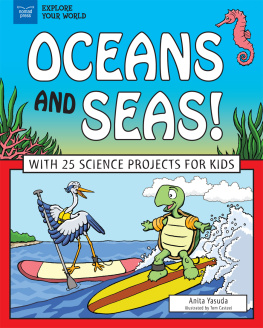
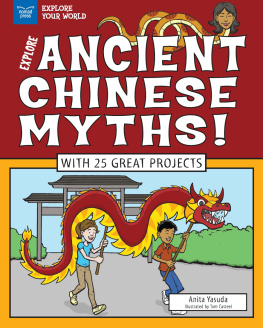
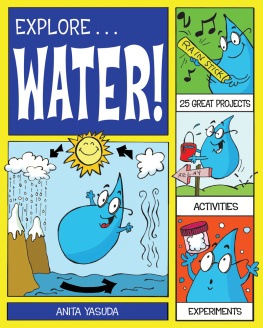
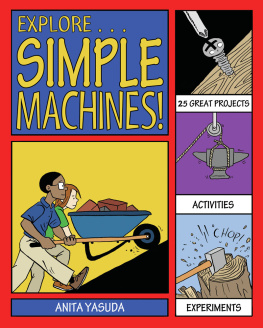
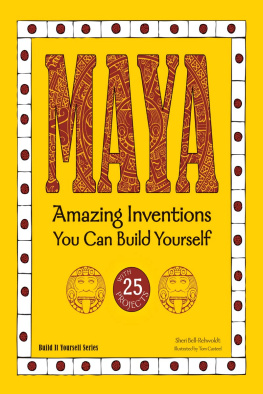
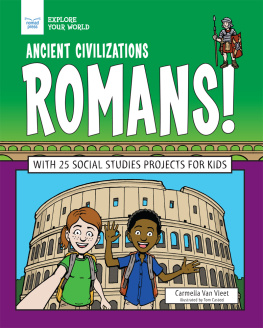

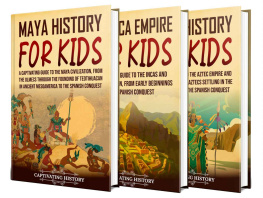
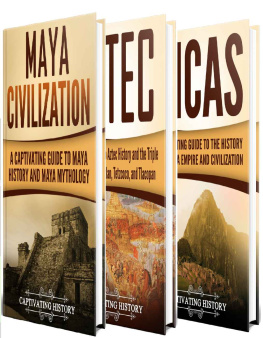
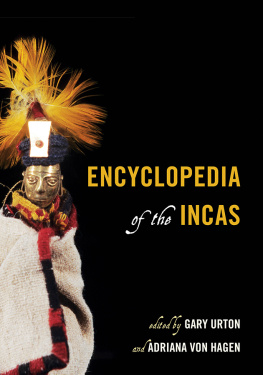
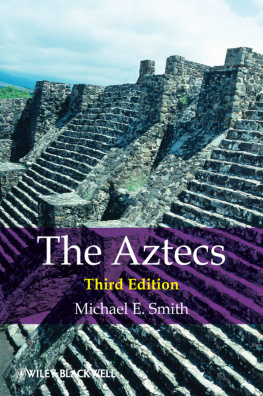
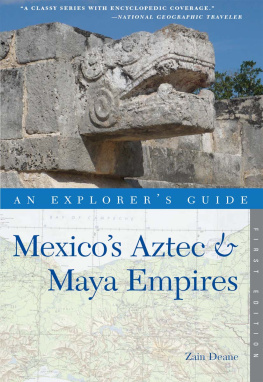
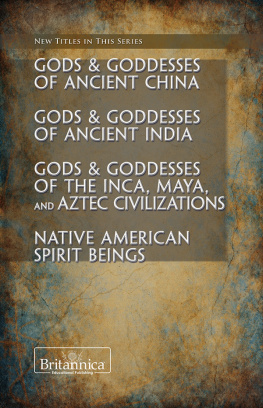
 Titles in the Explore Ancient Civilizations Set
Titles in the Explore Ancient Civilizations Set  Check out more titles at www.nomadpress.net Nomad Press A division of Nomad Communications 10 9 8 7 6 5 4 3 2 1 Copyright 2019 by Nomad Press. All rights reserved. No part of this book may be reproduced in any form without permission in writing from the publisher, except by a reviewer who may quote brief passages in a review or for limited educational use . The trademark Nomad Press and the Nomad Press logo are trademarks of Nomad Communications, Inc. Questions regarding the ordering of this book should be addressed to
Check out more titles at www.nomadpress.net Nomad Press A division of Nomad Communications 10 9 8 7 6 5 4 3 2 1 Copyright 2019 by Nomad Press. All rights reserved. No part of this book may be reproduced in any form without permission in writing from the publisher, except by a reviewer who may quote brief passages in a review or for limited educational use . The trademark Nomad Press and the Nomad Press logo are trademarks of Nomad Communications, Inc. Questions regarding the ordering of this book should be addressed to Many of the words and names in this book are hard to say, but you can hear them spoken online.
Many of the words and names in this book are hard to say, but you can hear them spoken online.  symbol next to your word to hear it spoken.
symbol next to your word to hear it spoken. 
 MERRIAM-WEBSTER
MERRIAM-WEBSTER 
 Imagine you are hiking to a city built by one of the greatest civilizations in South America. Ahead of you, thick green vines crisscross the trail like webs. You walk slowly, pushing aside the vines with your hands. You see flashes of blue and gold tanagers. Your heart beats faster each time a howler monkey shrieks.
Imagine you are hiking to a city built by one of the greatest civilizations in South America. Ahead of you, thick green vines crisscross the trail like webs. You walk slowly, pushing aside the vines with your hands. You see flashes of blue and gold tanagers. Your heart beats faster each time a howler monkey shrieks. DID YOU KNOW? Want to learn more fascinating facts? Look for this symbol of the Aztec Sun Stone showing the Aztec sun god, Tonatiuh.
DID YOU KNOW? Want to learn more fascinating facts? Look for this symbol of the Aztec Sun Stone showing the Aztec sun god, Tonatiuh. THE INCA CITY OF MACHU PICCHU IN PERU IS A WORLD HERITAGE SITE AND ONE OF THE SEVEN WONDERS OF THE WORLD. CREDIT: LEANDER.CANARIS (CC BY 2.0) WORDS TO KNOW culture: the beliefs and way of life of a group of people. economics: having to do with the resources and wealth of a country. BCE: put after a date, BCE stands for Before Common Era and counts down to zero.
THE INCA CITY OF MACHU PICCHU IN PERU IS A WORLD HERITAGE SITE AND ONE OF THE SEVEN WONDERS OF THE WORLD. CREDIT: LEANDER.CANARIS (CC BY 2.0) WORDS TO KNOW culture: the beliefs and way of life of a group of people. economics: having to do with the resources and wealth of a country. BCE: put after a date, BCE stands for Before Common Era and counts down to zero. EMPIRES OF THE MAYA, INCAS, AND AZTECS WORDS TO KNOW archaeologist: a scientist who studies ancient people through the objects they left behind. jade: a hard, shiny stone that is usually green. Used for jewelry and sculpture.
EMPIRES OF THE MAYA, INCAS, AND AZTECS WORDS TO KNOW archaeologist: a scientist who studies ancient people through the objects they left behind. jade: a hard, shiny stone that is usually green. Used for jewelry and sculpture.